- Home
- Welsh Castles
- Harlech Castle
Visit Harlech Castle
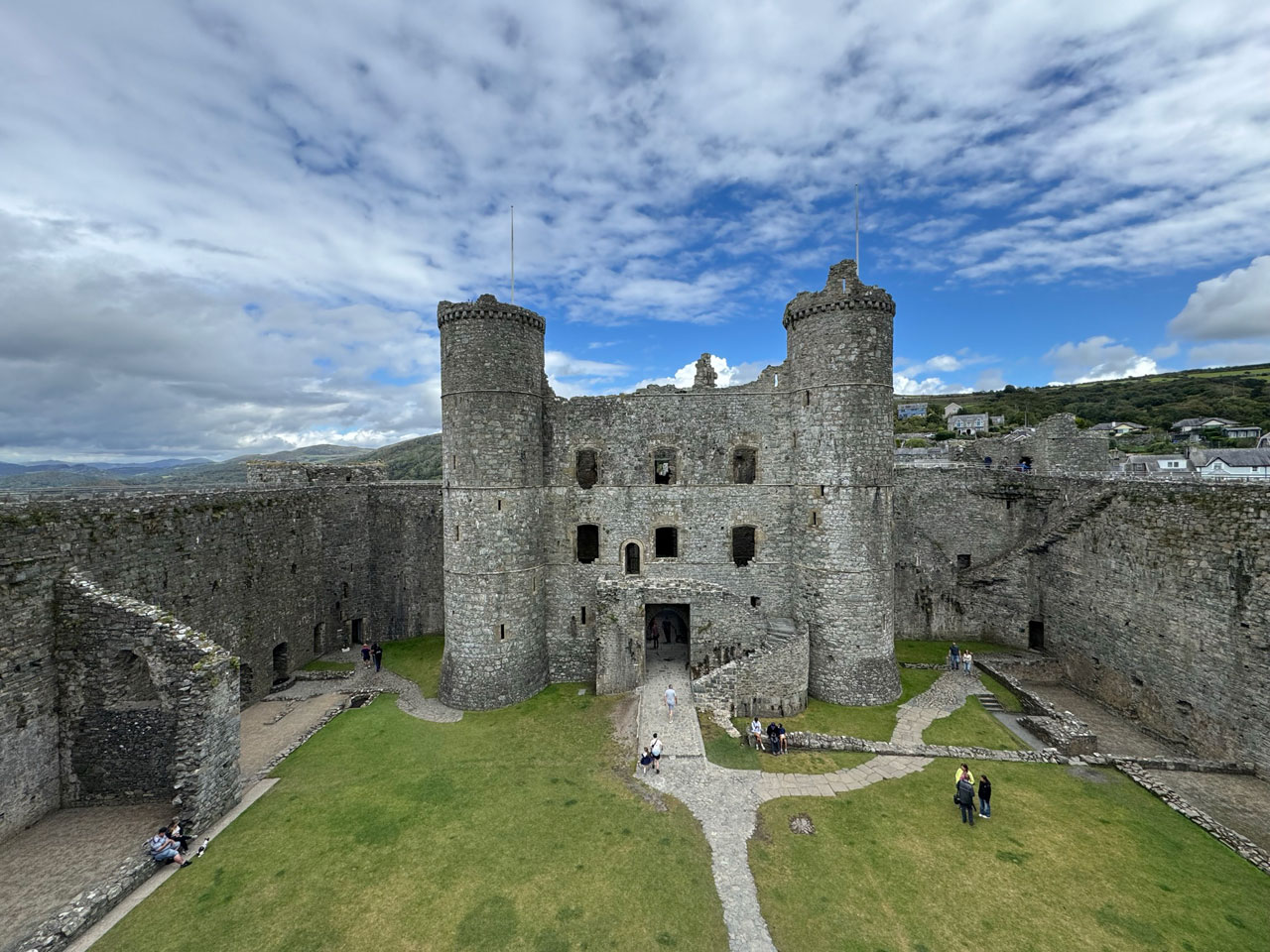
A brief history
Harlech Castle stands on a rock overlooking the sea with its enormous Gatehouse on the town side and guarded by four huge circular corner towers and the high curtain wall. The location in the seaside town of Harlech in Gwynedd on the north west coast of Wales is certainly most magnificent.
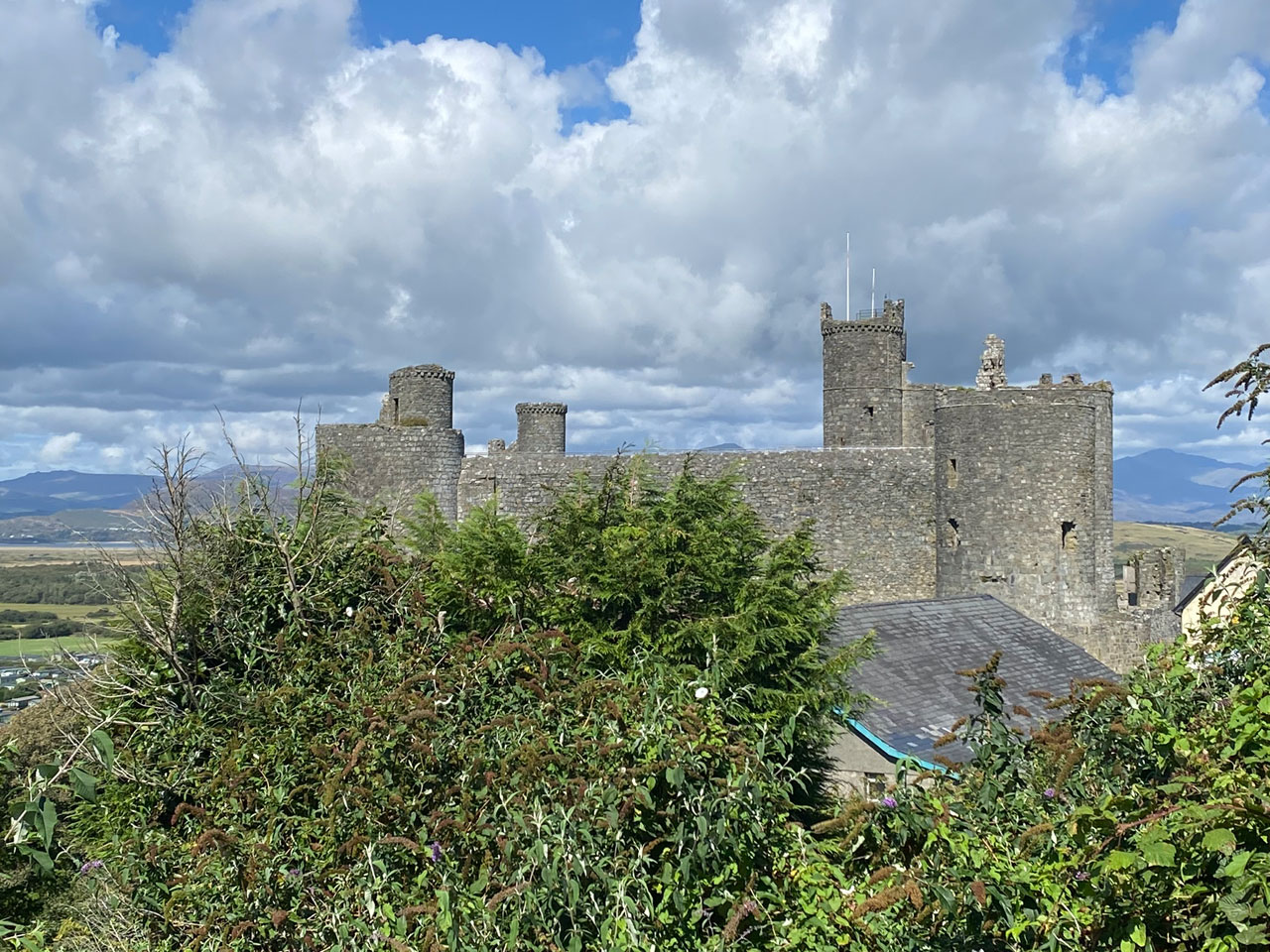
The castle was built by Edward I between 1283 and 1289 during his invasion of Wales and to subdue the Welsh of Gwynedd. James of St. George, Edward's master mason, built a concentric fortress and took advantage of the sheer cliff face to the north and west as a natural barrier against attacks.
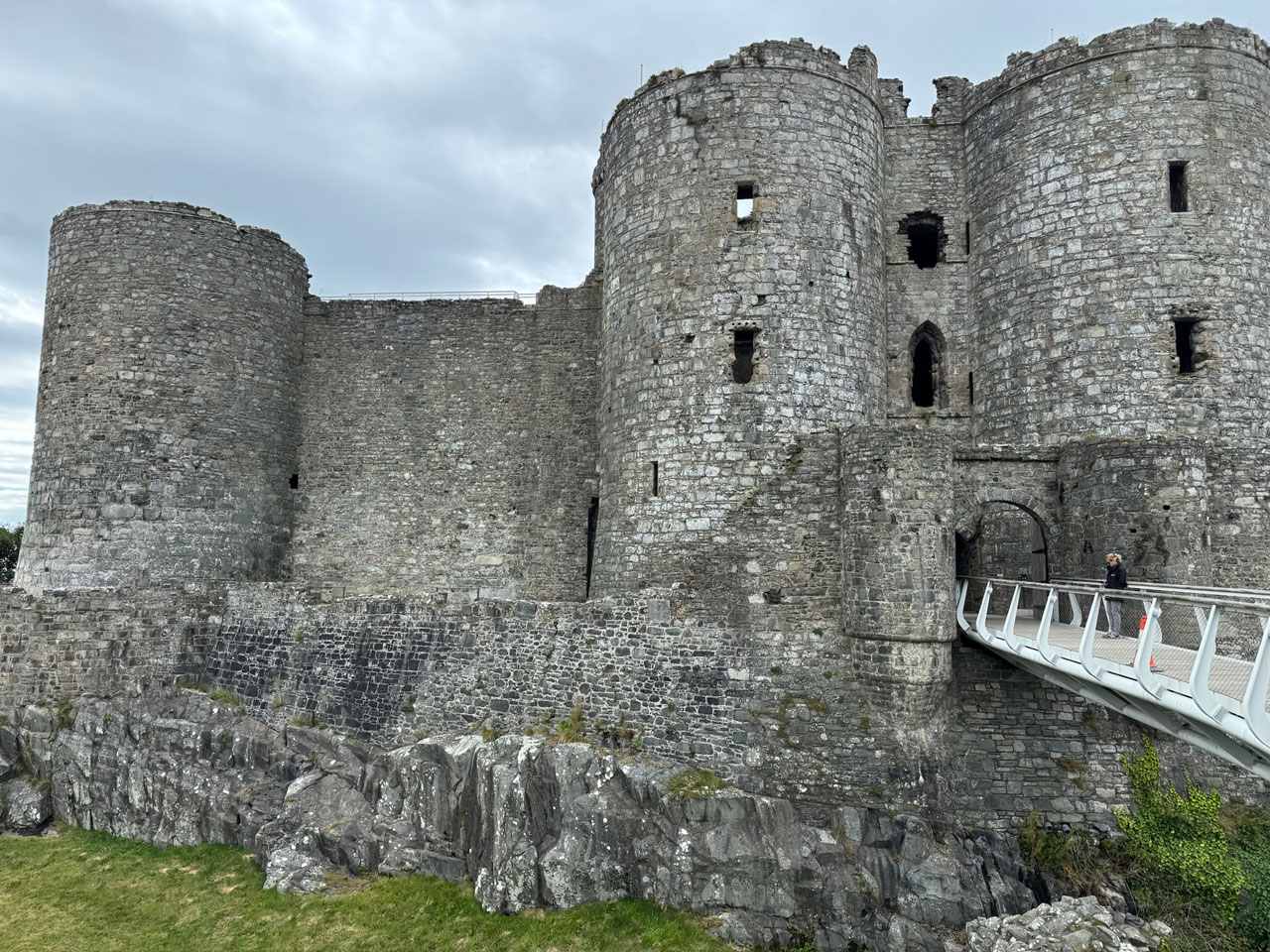
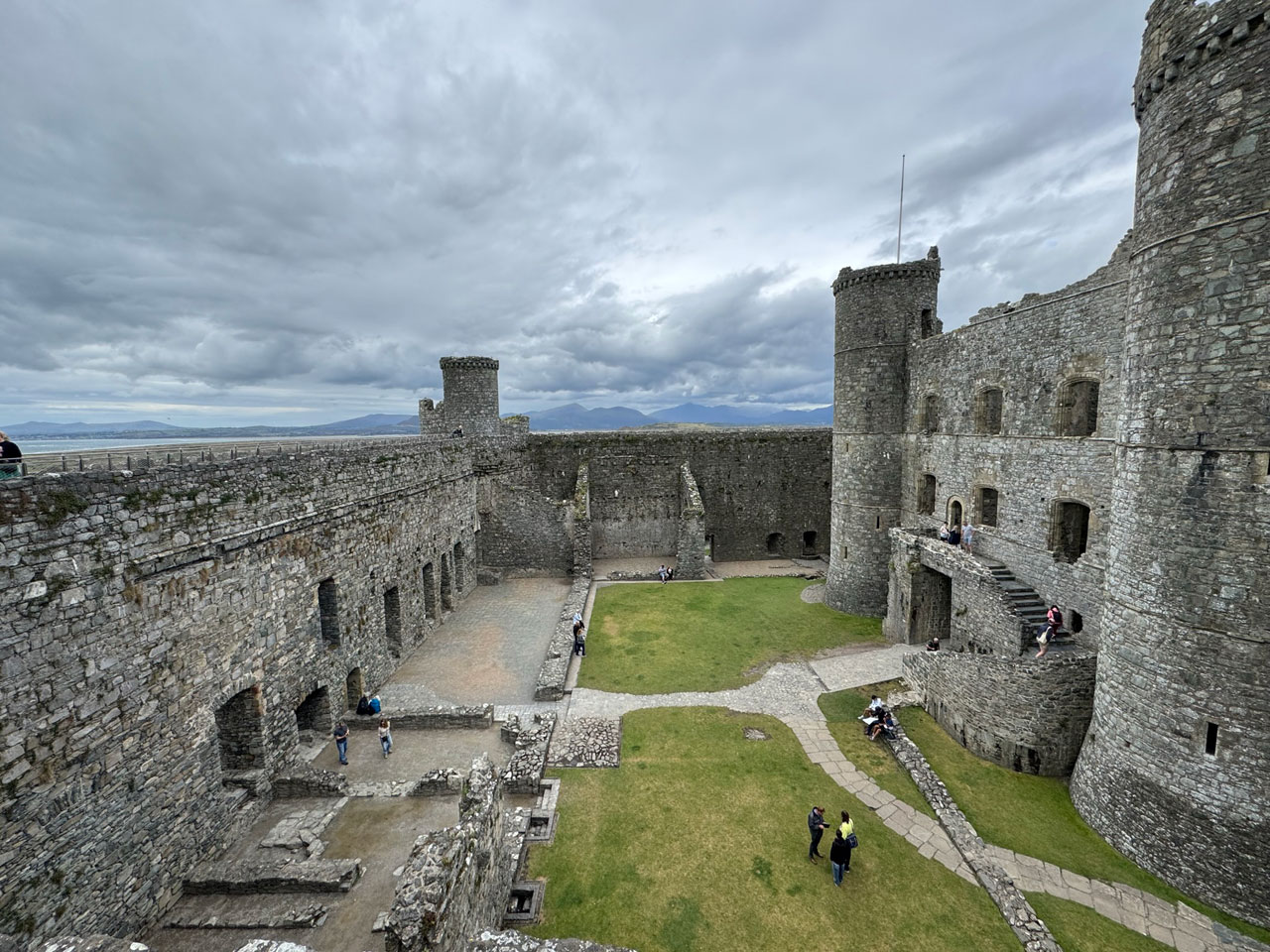
Harlech Castle's defences were first put to the test in 1294, when it was besieged by Madoc's uprising, a test it passed easily. Owain Glyndwr next attacked Harlech Castle in 1401 and succeeded.
The Welsh leader used the castle as his home and outlined his plans for an independent Wales. Glyndwr's plans were short lived. In 1409 a force of 1000, in part led by John Talbot, got through to Harlech and recovered the castle for the English.
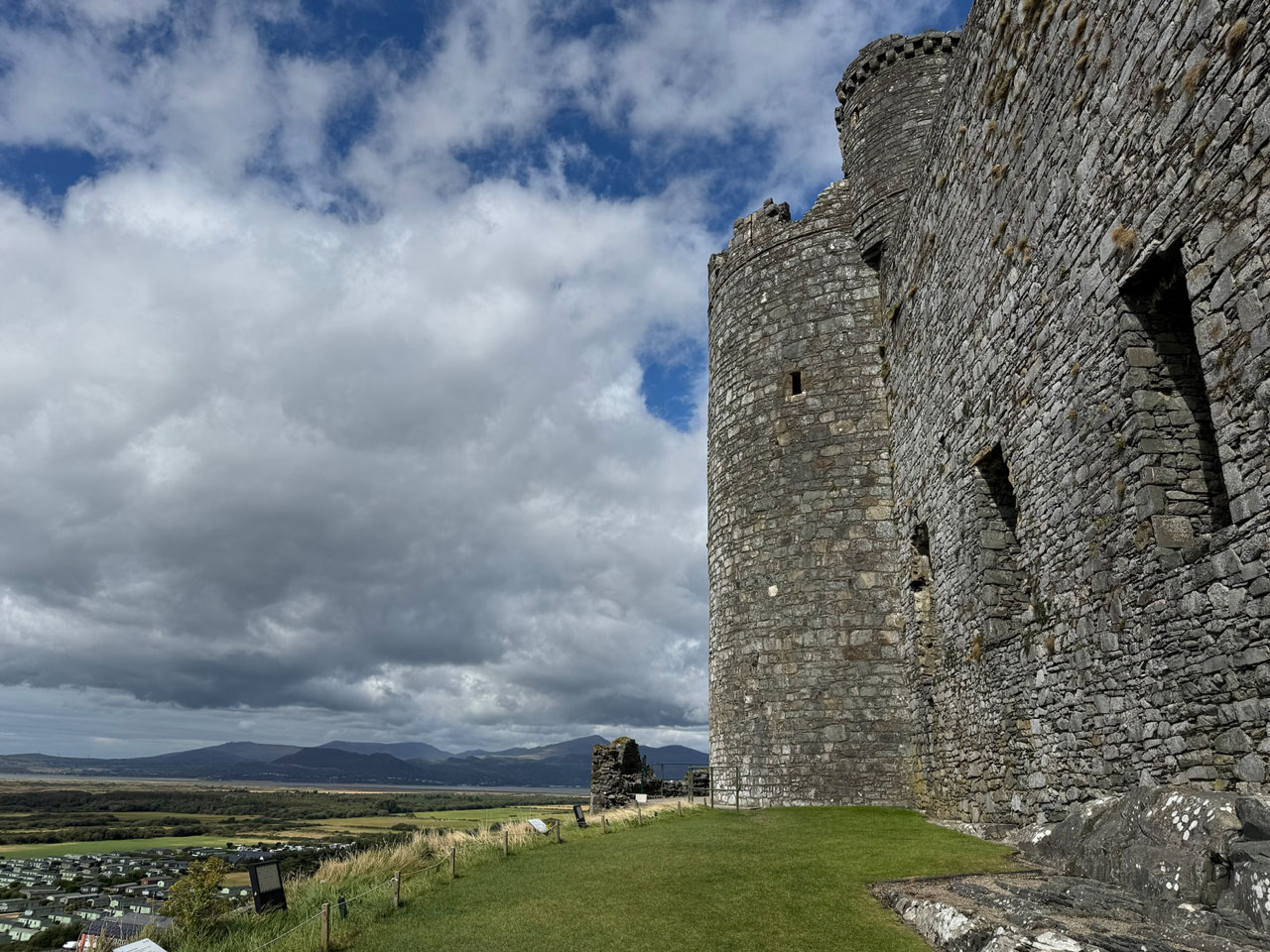
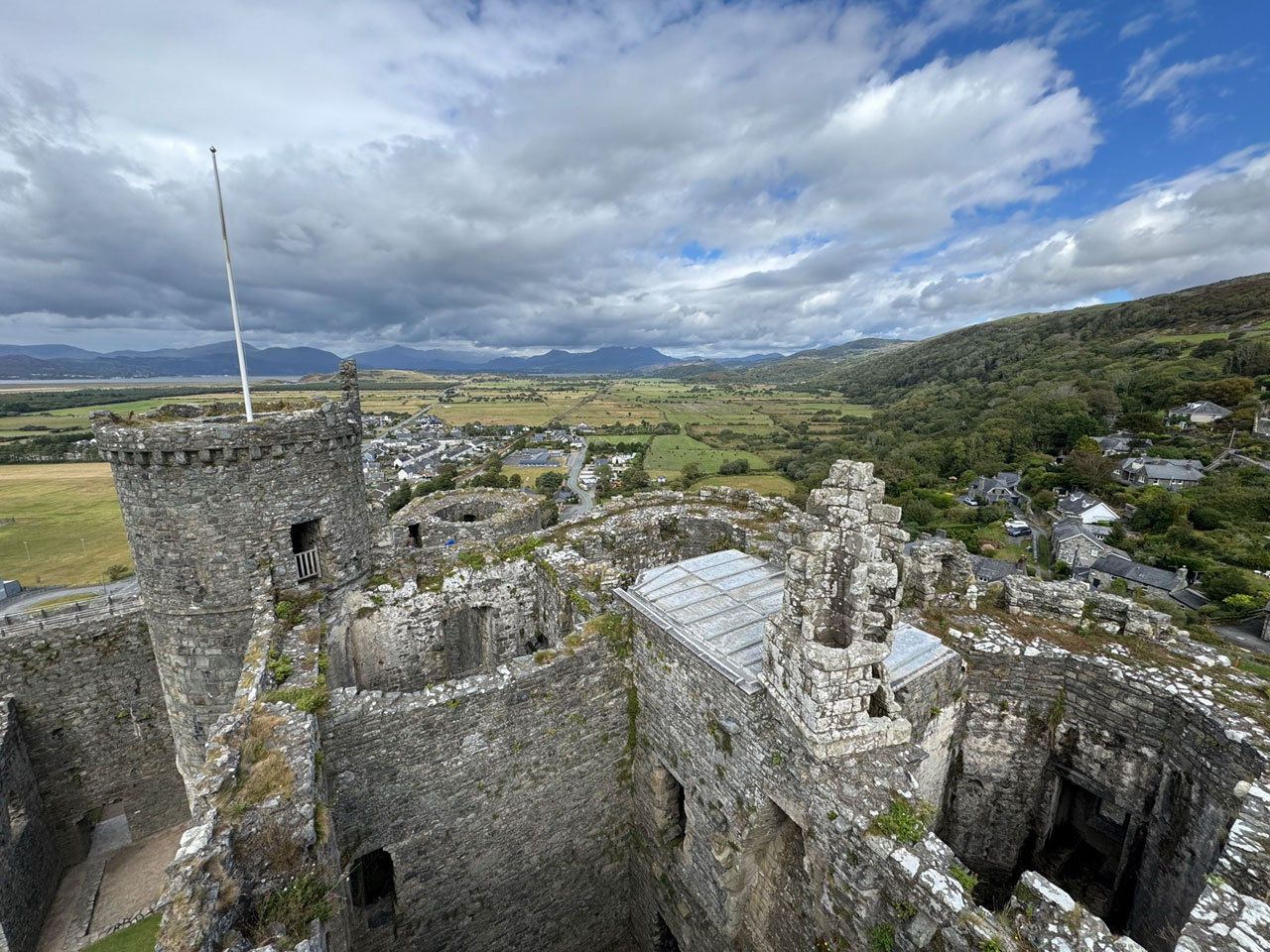
During the War of the Roses ( 1455-85 ) the castle was held by Dafydd ap Ieuan, a staunch Lancastrian. He and his men suffered extreme privations, inspiring the marching song Men of Harlech, before surrendering to the Earl of Pembroke.

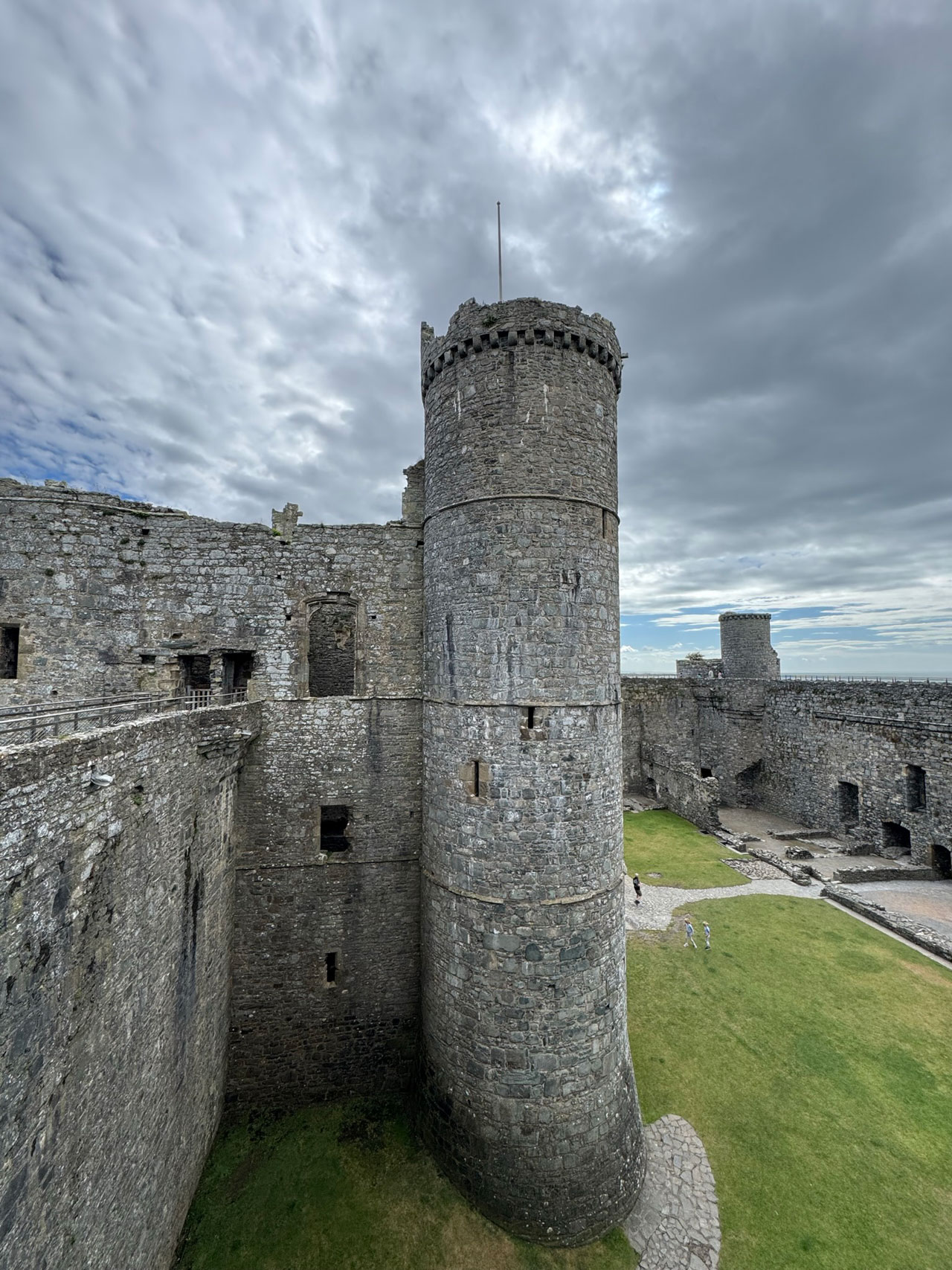
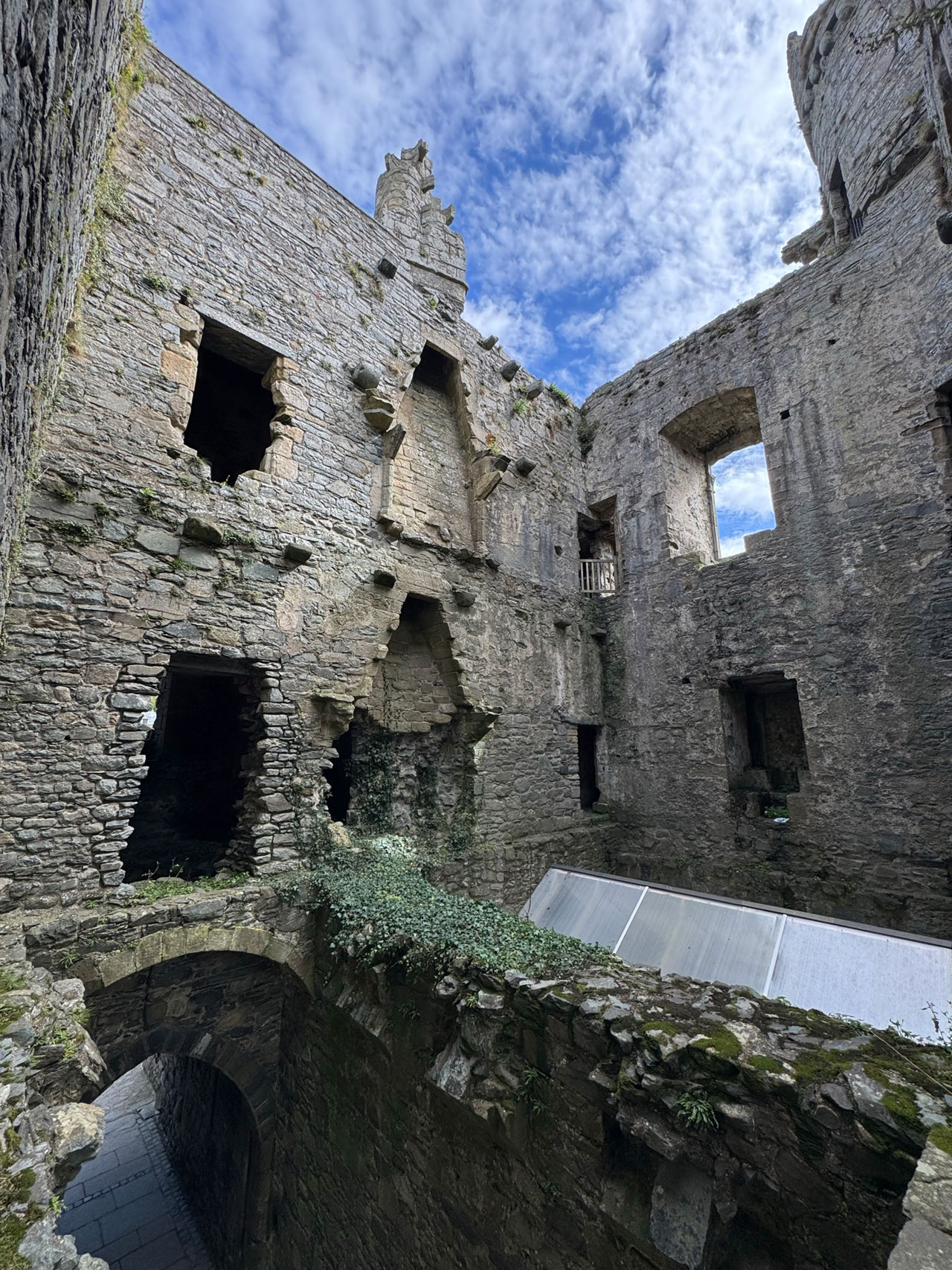
Halech's last ordeal was during the Civil War when it was held for the Royalists. In July 1646 it came under siege from Parliamentary forces and finally surrendered in March 1647 which also signified the end of the first English Civil War.
In 1914 Harlech Castle was taken over by the Government and a careful restoration programme began. Harlech Castle is also a World Heritage site and UNESCO considers it to be one of the finest examples of late 13th century and early 14th century military architecture in Europe.
Attractions in and around Harlech Castle
CASTLE RUINS
The interior of Harlech Castle is now a carefully preserved ruin but the twin-towered Gatehouse still looks as massive as it did in 1290. The Gatehouse was built with the dual purpose of providing a defended entrance and quarters for the occupants.

The most impressive part of exploring the castle is to walk around the three sides of the battlements and the view is just incredible, behind you the peaks of Snowdonia and in front of you the Sea that separates Wales from Ireland.
As you walk around you can't help but be amazed at the sheer height and thickness of the castle walls. This military Fortress was a real stronghold of power and security.
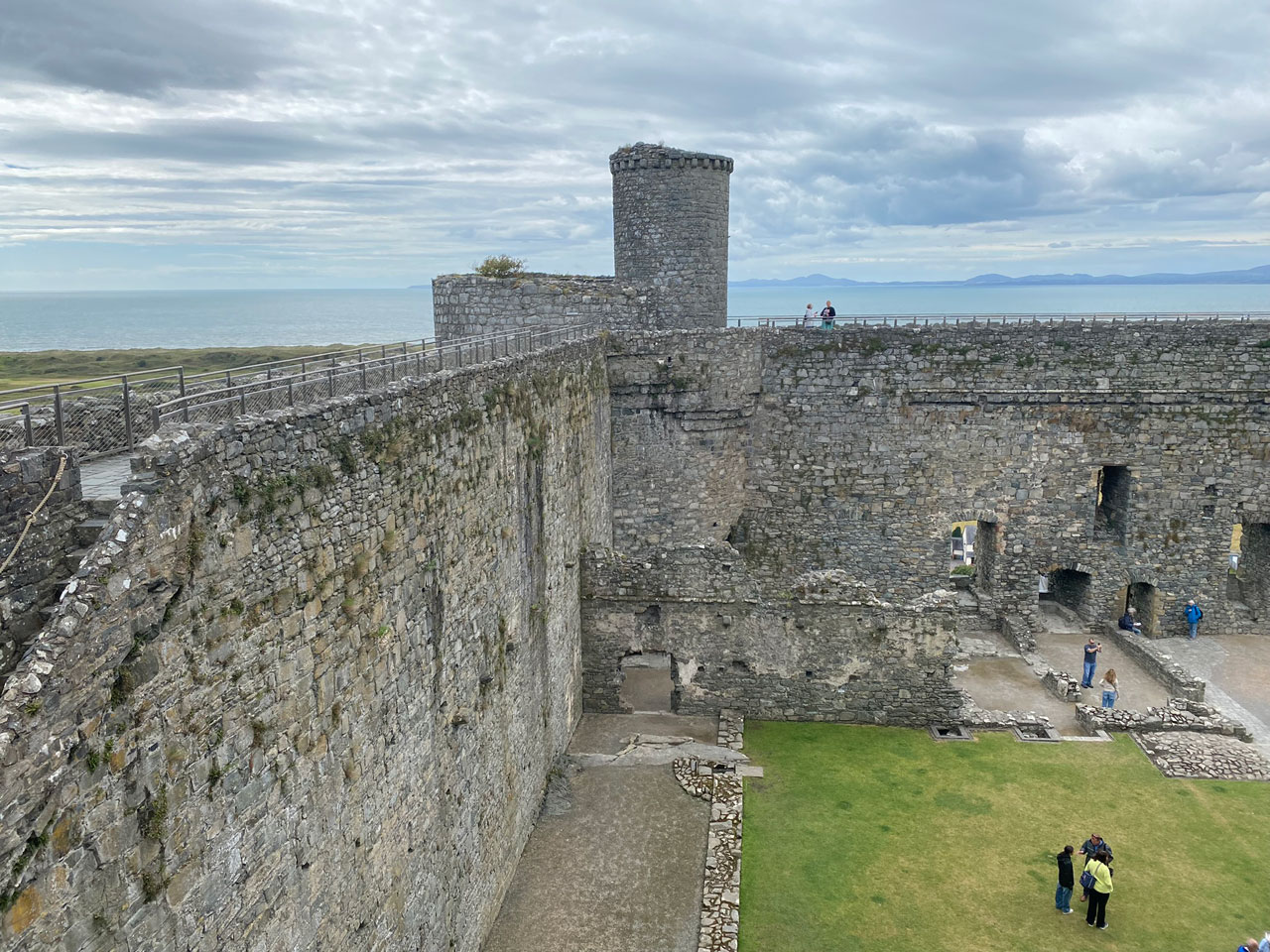
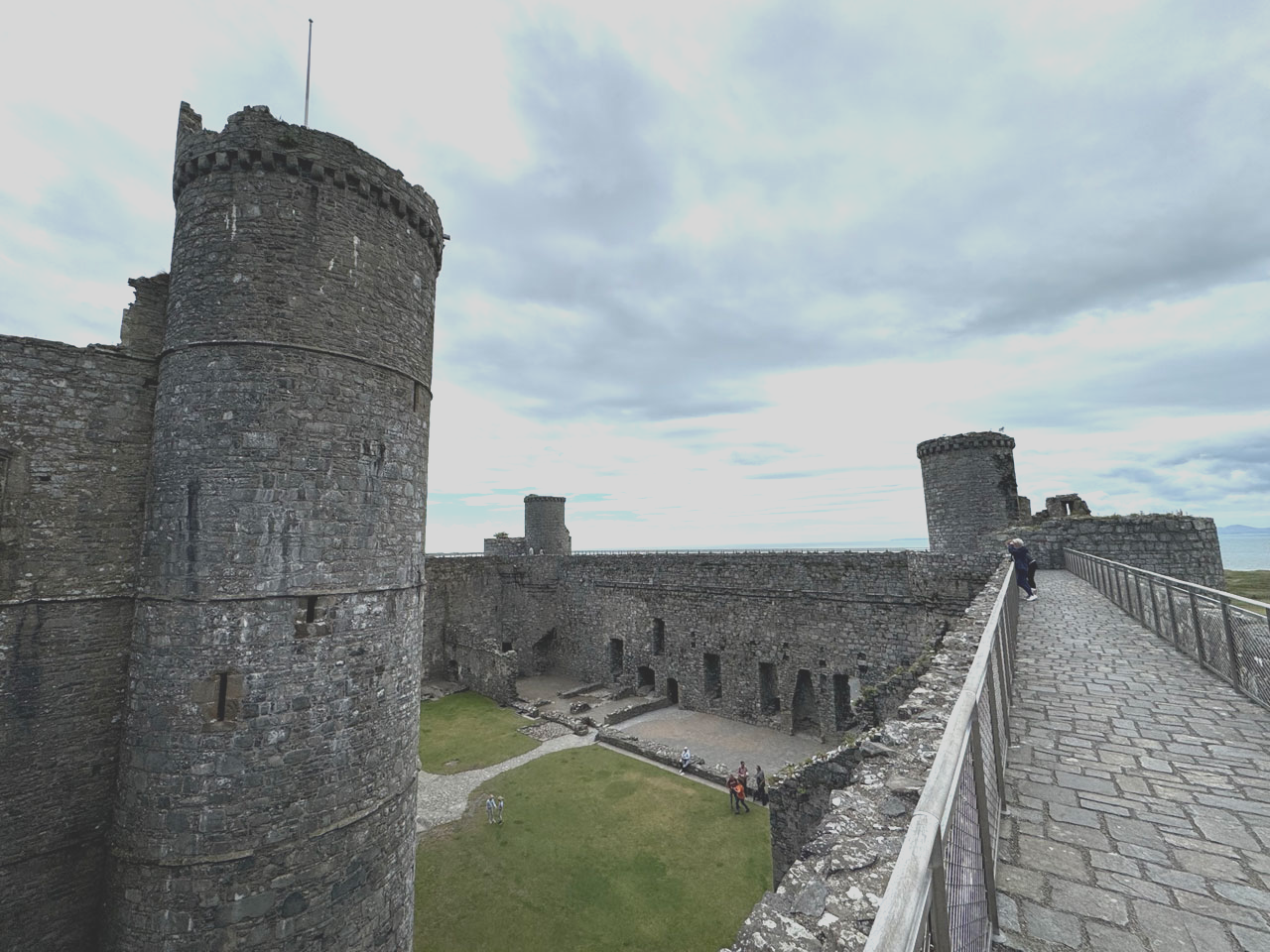
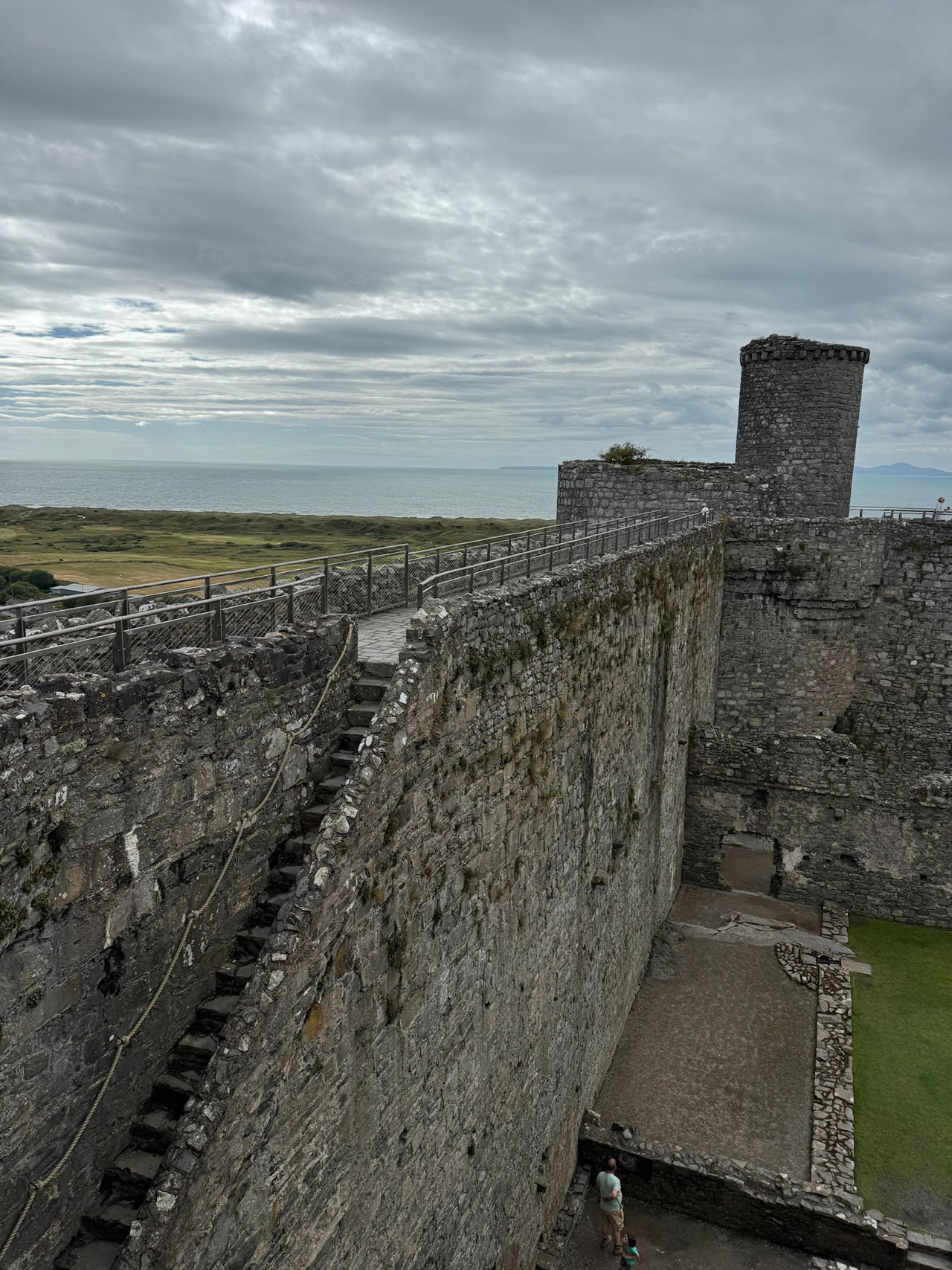
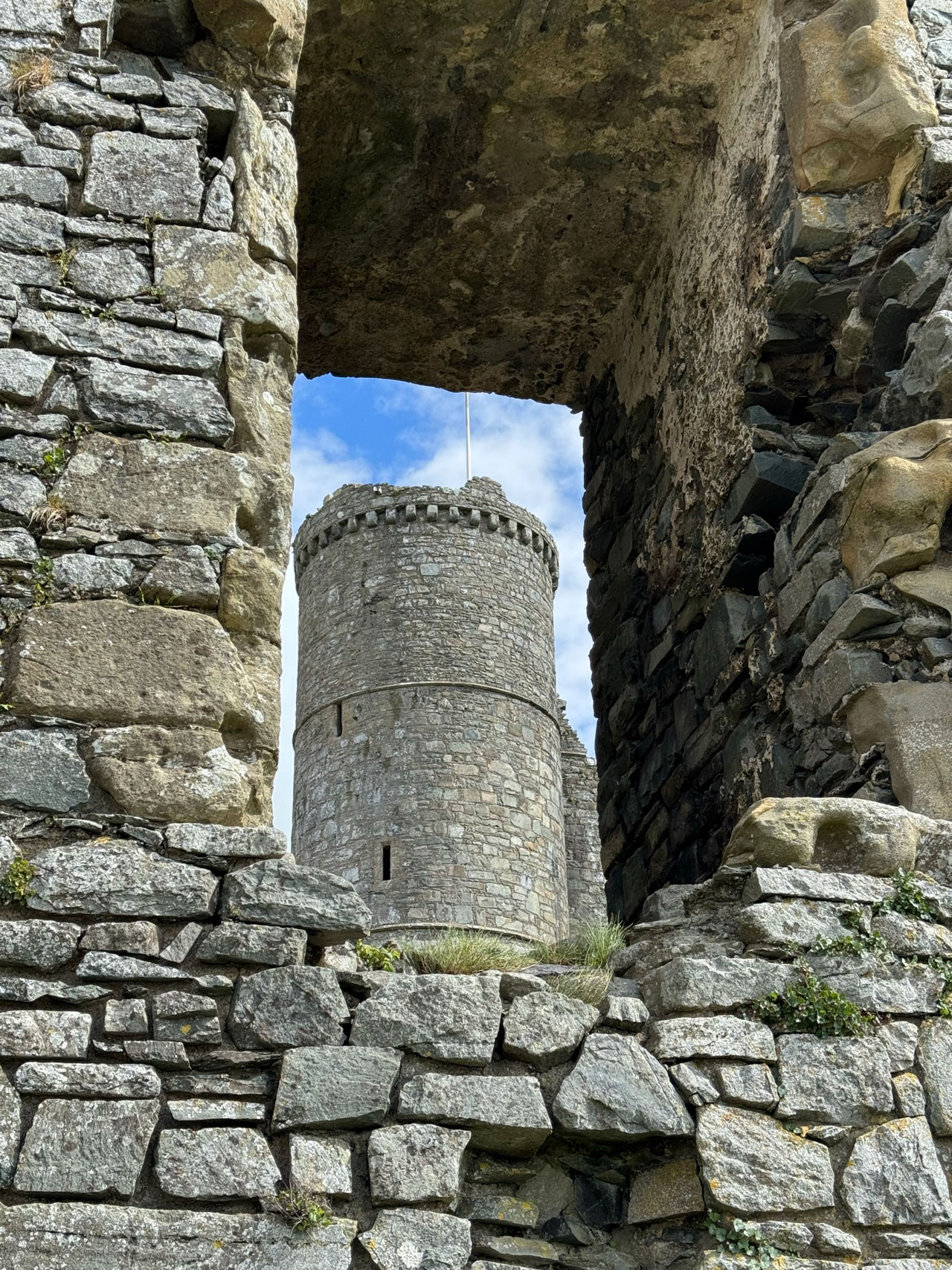
Now one thing has changed. The Sea is not where it used to be, right at the foot of the rock upon which the castle was built, which provided Harlech Castle with direct access to the sea and ships would have been able to load and unload their cargo. Over the past seven centuries the seaward side has gradually silted up and the sea has retreated.
Location
You will find Harlech Castle in Gwynedd county, northwest of Wales. It lies on the coast of Cardigan Bay within the western edge of Snowdonia National Park.
Harlech Castle
Harlech LL46 2YH
Official website: Harlech Castle
By Car
From London the journey time by car is about 5 hours or 240 miles. The journey will take you along the A40 to the M40, continue on the M42, then M5. Exit on to the M6 up to juncton 10A and take the M54 which merges to the A5.
The A5 will lead you to the junction with the B4396, then the B4391 and the B4212. At the junction with the A470 take the A470, then the A487, then the A496 and B4573 that takes you to Harlech. Good Luck with that journey !!!
From Cardiff the distance is about 150 miles with a car journey time of about 4 hours. From Cardiff take the north road, then the A470 until the junction with the A496 then take the B4573 to Harlech.
By Train
From London Euston Station take a train to Birmingham International Railway Station, then change for a service to Harlech Railway Station. From there is a short walk to the castle, journey time about 6 hours.
From Cardiff take a train to Shrewsbury Railway Station, change for a service to Harlech, journey time about 5 hours.

